Classic boats have long captured the imagination of adventurers and historians alike, each with a story that reflects the spirit of exploration and innovation on the high seas. From groundbreaking voyages to legendary races, these vessels have left an indelible mark on maritime history. Here are 13 classic boats that defined nautical adventure, each one a symbol of daring and discovery.
Contents
HMS Beagle
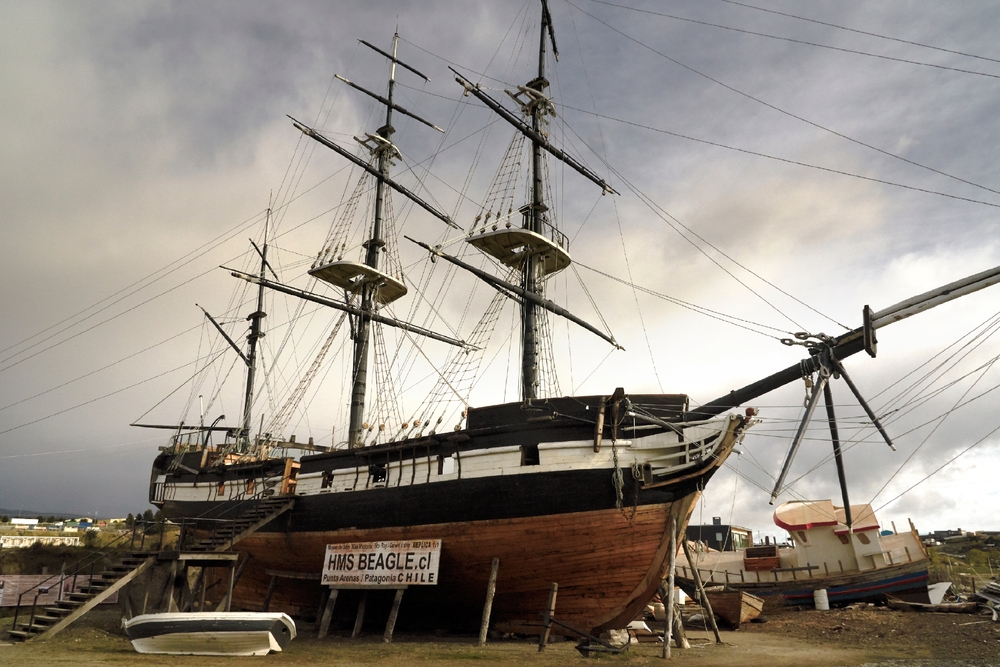
The HMS Beagle is most famous for its role in Charles Darwin’s groundbreaking voyage, which ultimately led to the theory of evolution. Launched in 1820, this Royal Navy vessel completed two global circumnavigations, with its mission to the Galápagos Islands providing vital evidence for Darwin’s work. Despite its primary purpose as a survey ship, the Beagle’s legacy extends far beyond, symbolizing the spirit of scientific exploration. Today, it remains a significant icon in both maritime and natural history.
Kon-Tiki
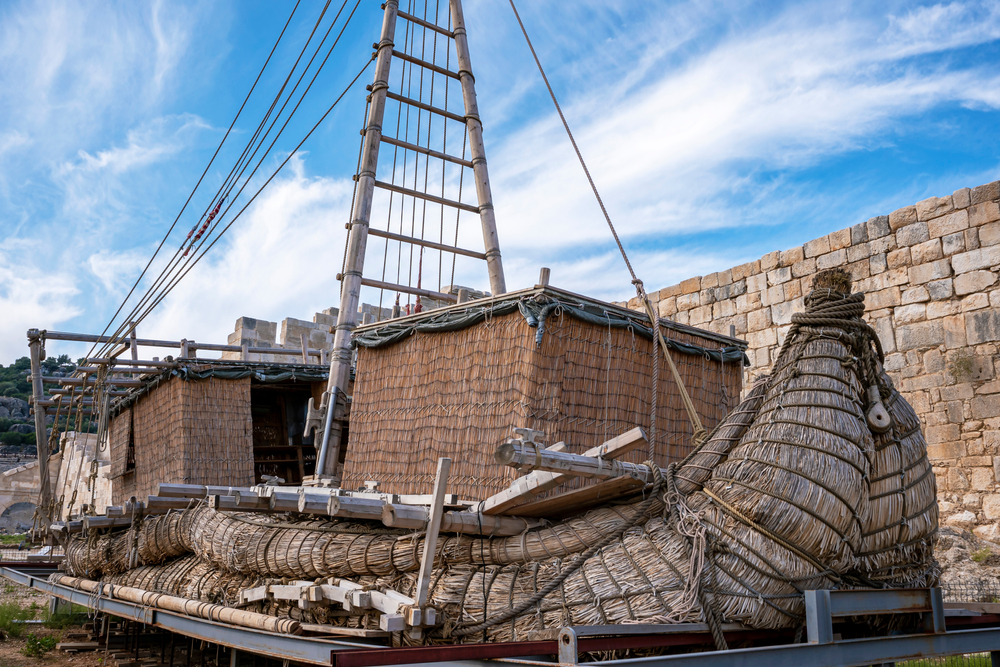
In 1947, Thor Heyerdahl’s Kon-Tiki raft set sail on an extraordinary journey across the Pacific Ocean. Constructed entirely from balsa wood and other traditional materials, this primitive craft was meant to demonstrate the possibility of ancient transoceanic travel. Over 101 days, the Kon-Tiki successfully traversed 4,300 miles, proving Heyerdahl’s theory that South Americans could have reached Polynesia by sea.
The Mayflower
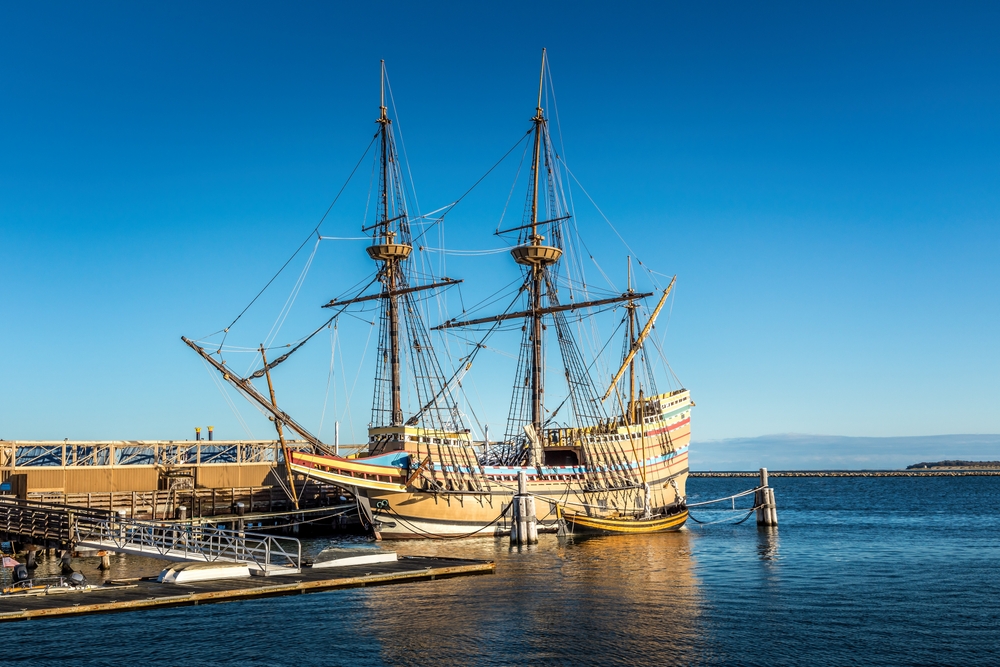
The Mayflower’s journey in 1620 forever linked it with the Pilgrims and the founding of Plymouth Colony in America. Although modest in size, this wooden merchant ship carried 102 passengers across the treacherous Atlantic Ocean, leading to one of the earliest successful European settlements in the New World. The Mayflower’s successful voyage marked a significant moment in American history, symbolizing resilience and the pursuit of a new life.
USS Nautilus
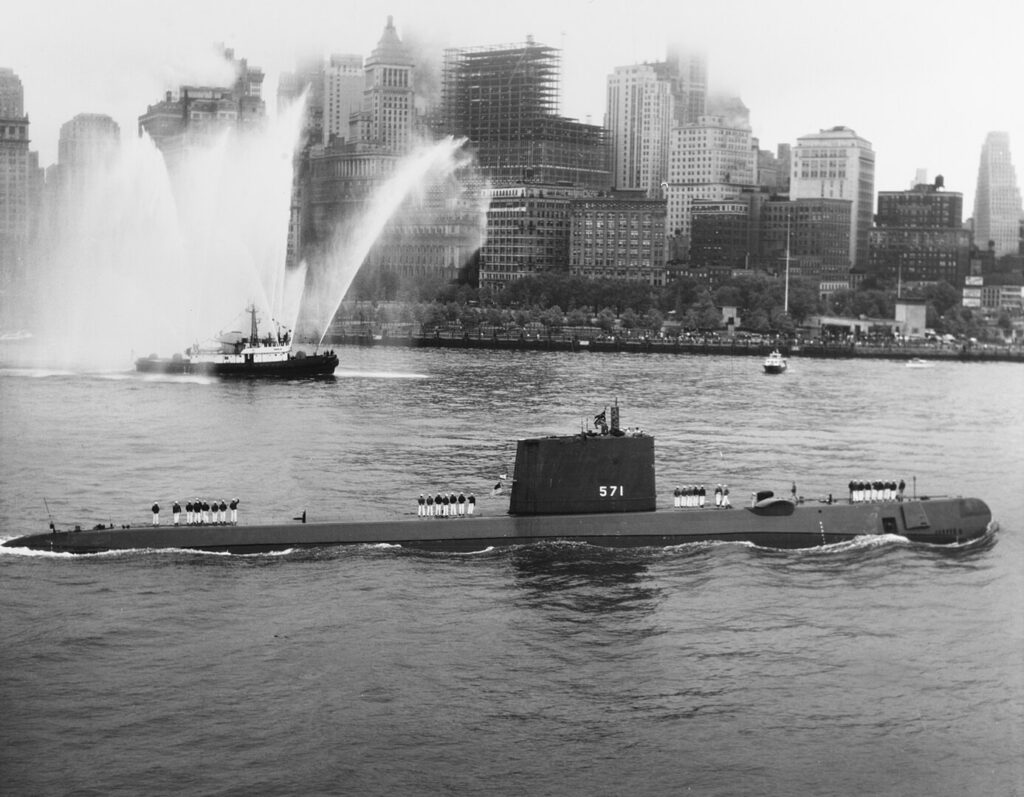
Commissioned in 1954, the USS Nautilus was the world’s first nuclear-powered submarine, revolutionizing underwater travel and naval warfare. Unlike any submarine before it, the Nautilus could remain submerged for extended periods, completing the first submerged transit of the North Pole in 1958. This remarkable feat showcased the submarine’s advanced capabilities and marked a new era in naval engineering.
Viking Longship
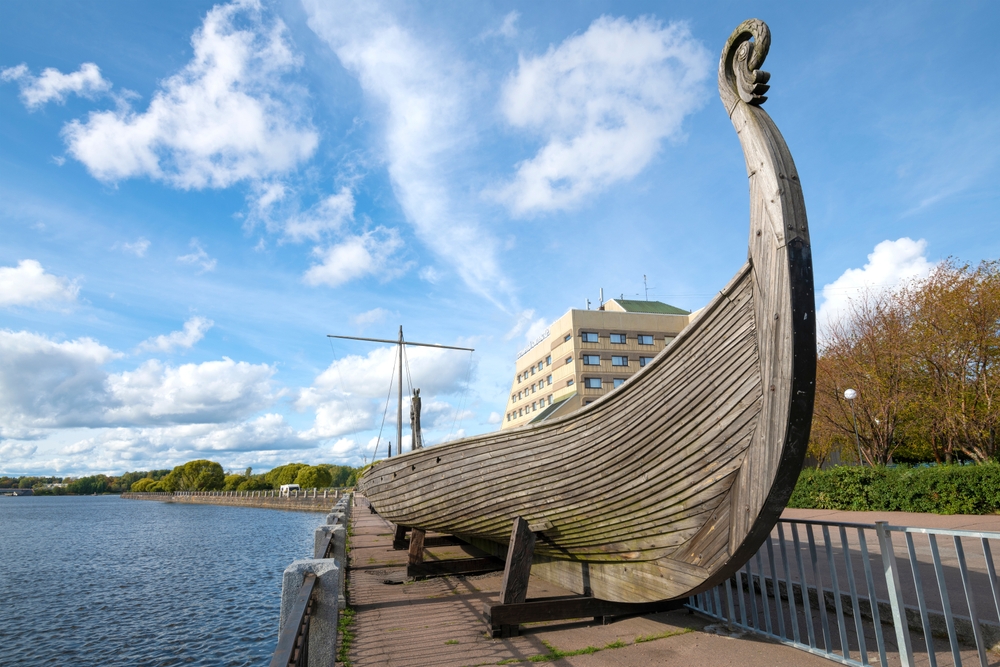
The Viking longship is an enduring symbol of Norse seafaring prowess, dating from the 8th to 11th centuries. These ships, known for their speed and agility, were integral to the Vikings’ exploration, trade, and conquests across Europe. Designed to navigate both open seas and shallow rivers, longships were a marvel of ancient engineering. Their influence extended far beyond the Viking Age, shaping the future of shipbuilding in Europe.
Nina, Pinta, and Santa Maria

Christopher Columbus’s voyage in 1492, aboard the Nina, Pinta, and Santa Maria, marked the beginning of European exploration of the Americas. While the Santa Maria was the largest, the smaller and faster Nina and Pinta played crucial roles in the journey’s success. These three ships navigated uncharted waters, leading to the discovery of the New World. Their historic voyage remains a pivotal moment in the history of exploration.
RMS Titanic
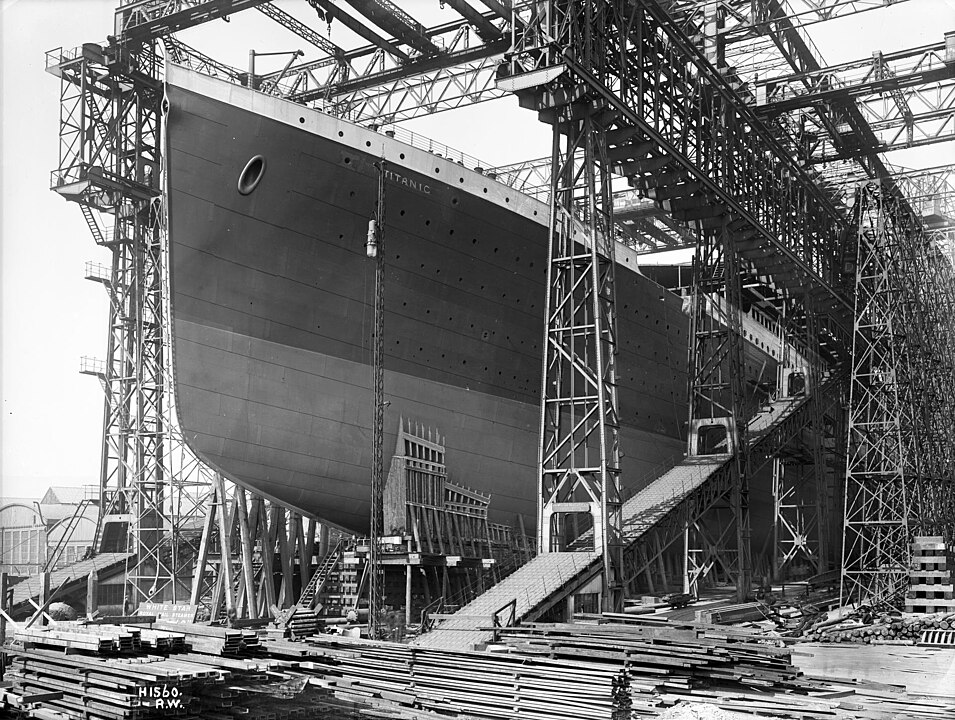
Launched in 1912, the RMS Titanic was the largest and most luxurious ship of its time, yet it is most remembered for its tragic sinking on its maiden voyage. Promoted as “unsinkable,” the Titanic’s fate highlighted the hubris of its era and led to significant changes in maritime safety regulations. Despite its ill-fated journey, the Titanic’s legacy lives on in the annals of history and popular culture. The ship remains a symbol of human ambition and the limits of technology.
USS Constitution
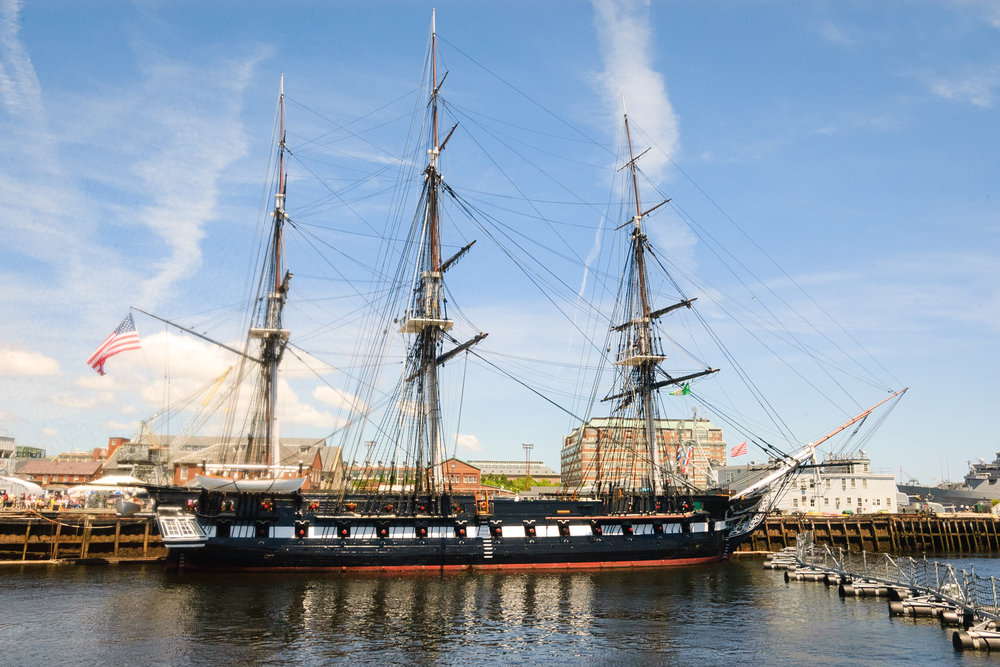
Known as “Old Ironsides,” the USS Constitution, launched in 1797, is the oldest commissioned naval vessel still afloat. Its robust construction earned it the nickname after cannonballs famously bounced off its sides during the War of 1812. The ship’s resilience and success in battle solidified its place in American naval history. Preserved as a museum ship in Boston, the Constitution continues to inspire pride and
J-class Yacht Endeavour
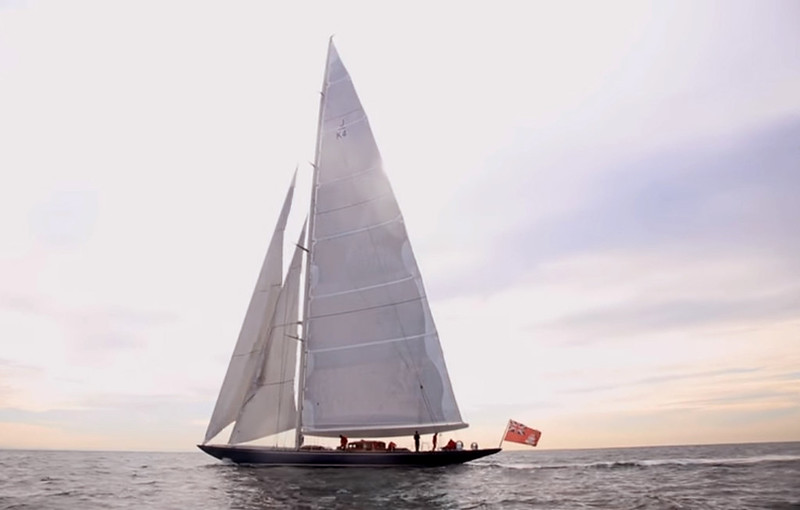
Built in the 1930s for Sir Thomas Lipton’s America’s Cup campaigns, the J-class yacht Endeavour is a quintessential example of elegance and speed in competitive sailing. With its cutting-edge design and performance, Endeavour set new benchmarks in yacht racing. Although it never won the America’s Cup, the yacht’s legacy endures as one of the most beautifully crafted vessels of its time. Its influence is still felt in the world of high-stakes yachting.
Bounty
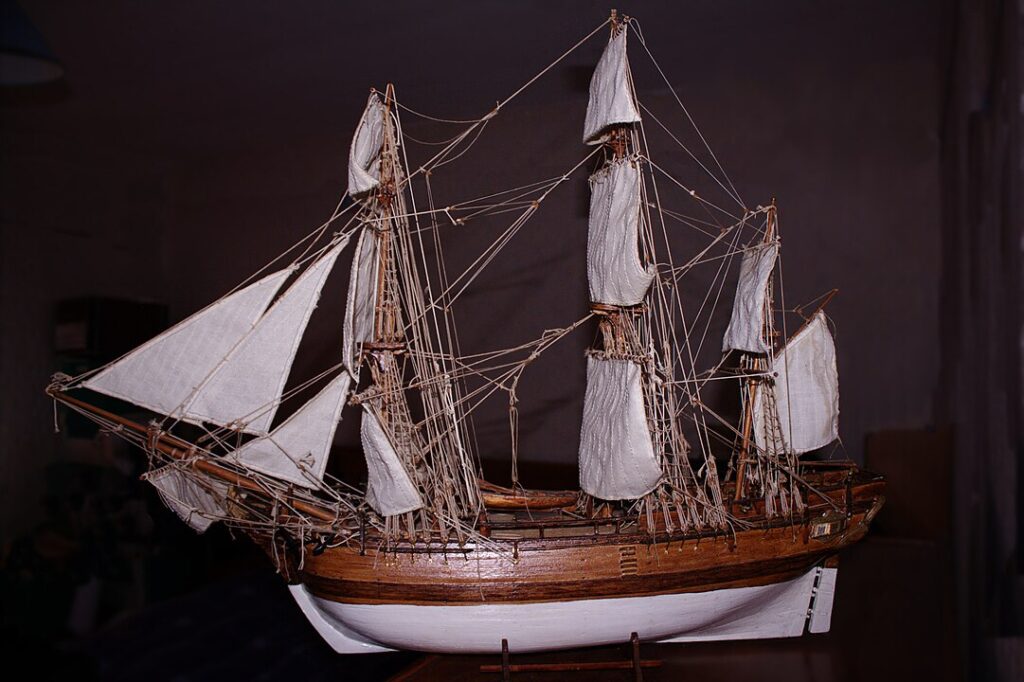
The HMS Bounty gained fame not just as a naval transport vessel, but as the site of one of history’s most famous mutinies in 1789. Originally tasked with transporting breadfruit plants, the ship became the stage for a dramatic rebellion led by Fletcher Christian against Captain William Bligh. The story of the Bounty has been immortalized in countless books and films, making it a lasting symbol of the perils and passions of life at sea.
Gondola of Venice
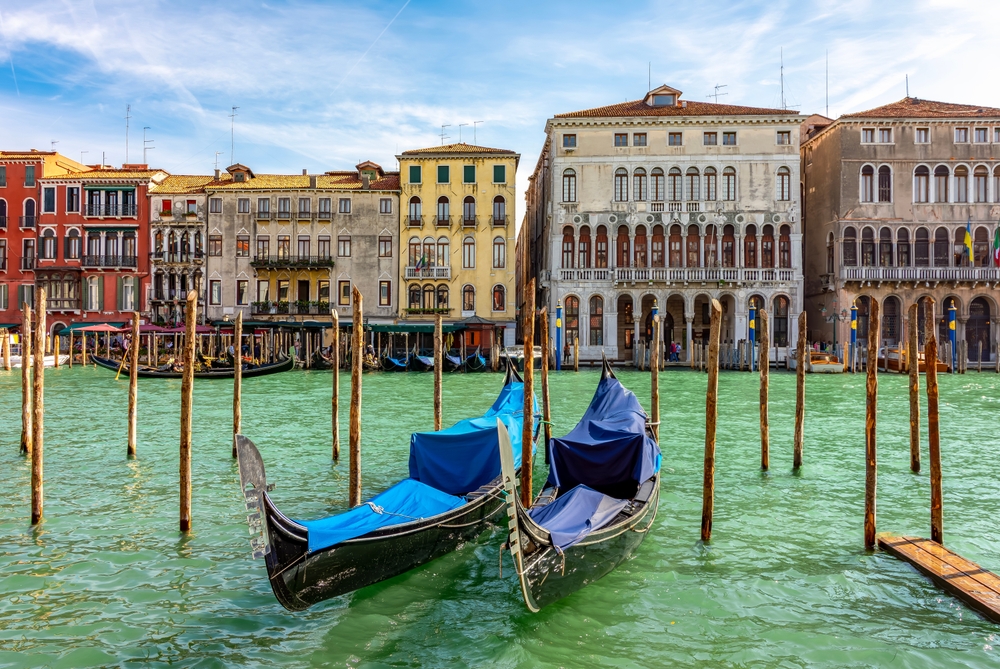
Venetian gondolas, with their iconic black hulls and elegant curves, have been navigating the canals of Venice since the 11th century. These flat-bottomed boats are uniquely designed to maneuver through the city’s narrow waterways, becoming a symbol of Venetian culture. Beyond their practicality, gondolas represent centuries of tradition and the romantic allure of Venice. Their timeless design continues to charm visitors from around the world.
Cutty Sark
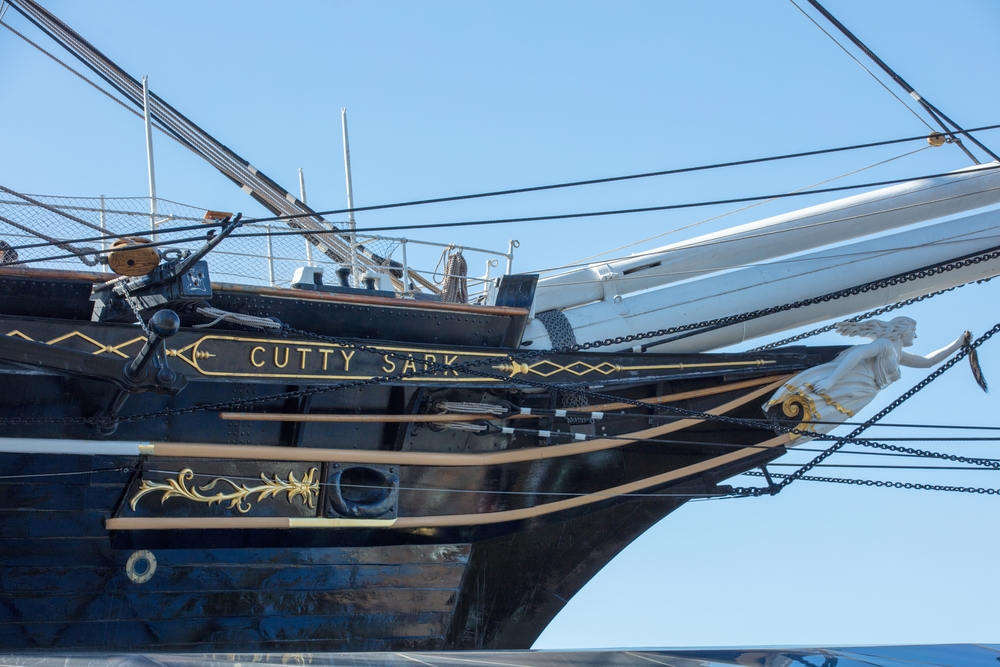
As one of the last tea clippers built, the Cutty Sark, launched in 1869, stands as a testament to the golden age of sail. Renowned for its speed, it was a key player in the tea trade between China and Britain, often setting records for the fastest voyages. The ship’s sleek design and advanced construction techniques were marvels of their time. Today, the Cutty Sark is preserved in Greenwich, London, where it continues to attract visitors and maritime enthusiasts.
HMS Victory
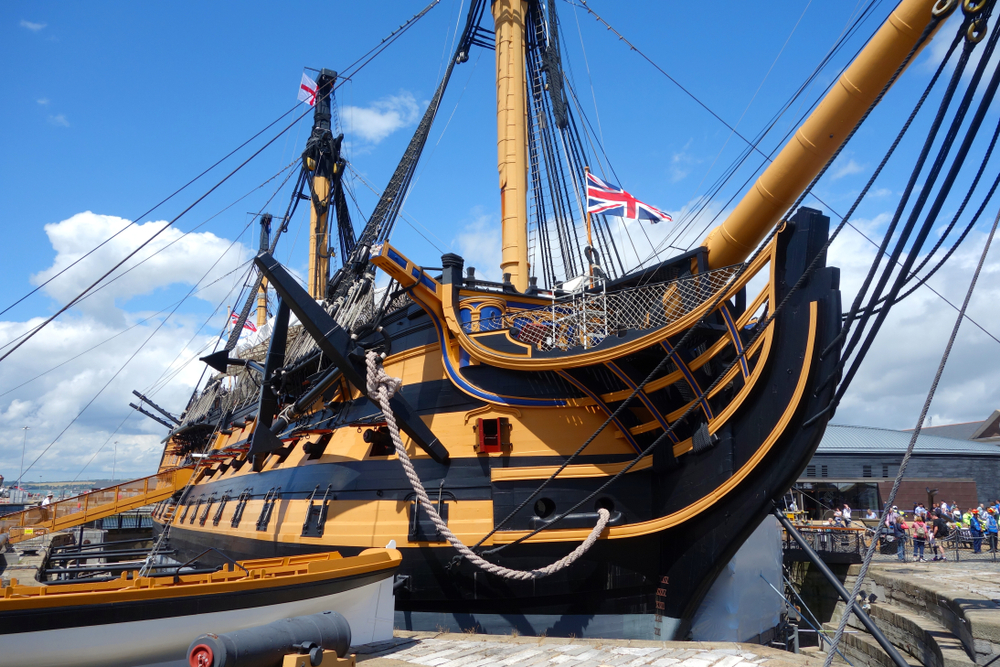
HMS Victory, Admiral Nelson’s flagship during the Battle of Trafalgar in 1805, remains one of the most celebrated ships in British naval history. As a first-rate ship of the line, it played a crucial role in securing British naval dominance. The Victory’s design and construction set the standard for warships of the early 19th century. Preserved as a museum ship in Portsmouth, it continues to be a symbol of British naval heritage and a tribute to those who served aboard.
This article originally appeared on MyCarMakesNoise.
More from MyCarMakesNoise
15 Trends Revolutionizing the Self-Driving Car Industry

The self-driving car industry is evolving at an astonishing pace, driven by innovative technologies and groundbreaking ideas. From advancements in artificial intelligence to improvements in sensor technology, these changes are transforming the way we think about transportation. Read More.
25 Rare Supercars That Define Luxury and Exclusivity

For car enthusiasts and collectors, nothing beats the allure of rare supercars that epitomize luxury and exclusivity. These extraordinary vehicles are more than just modes of transportation; they are masterpieces of engineering and design, each with a unique story and unparalleled performance. Read More.
13 Trucks That Set the Standard for Modern Freight Transport

Freight transport has come a long way, thanks to the ingenuity and power of some legendary trucks. These trailblazing vehicles not only revolutionized the industry but also set new standards for efficiency, reliability, and innovation. Read More.














